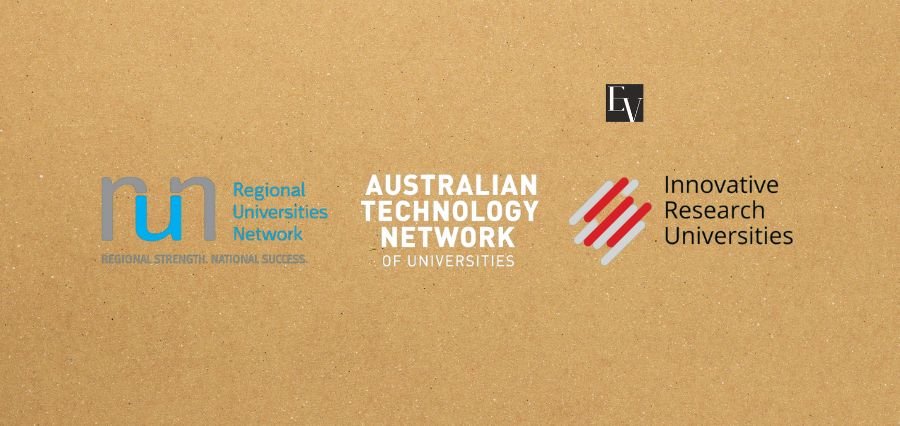Prime Highlights
- IRU and RUN collectively outline a five-point strategy for a fair, research-driven, and community-centred approach to international education.
- The strategy prioritizes quality, regional growth, equity, and robust international and industry partnerships.
Key Facts
- The initiative is endorsed by 14 IRU and RUN universities.
- It seeks to balance international student numbers while creating regional and national value.
Key Background
Australia’s international education sector is going into a strategic revamp with the Innovative Research Universities (IRU) and Regional Universities Network (RUN) laying out in tandem a common vision to get it to be sustainable, fair, and competitive globally. The initiative comprises 14 prominent institutions and has outlined a five-point agenda to revamp international education as a better managed, fairer, and high-quality system.
The initial one of these objectives is on the establishment of a controlled and high-quality student intake, reorienting the current model of growth into one focusing on the right mix of students by courses and geographic regions. This guarantees international enrollments as per national and regional needs in addition to guaranteeing academic criteria.
Second, the vision aims to embed research-led education into international programs. This would propel academic excellence and grow the international reputation of Australian degrees, giving students access to world-class knowledge and practice-relevant applications. It also upholds the role of universities as innovation drivers.
Third, the plan stimulates regional influence through an open invitation to international students to study and contribute to non-metropolitan areas. This responds to balanced development, regional shortages in skills, and rural Australia education access.
Fourth, the IRU and RUN emphasize the need to construct community advantages from international education. This means synchronizing course specializations with regional economic interests and strengthening student support systems to facilitate cultural adjustment and social integration.
Lastly, the fifth pillar calls for an increased international and industry collaboration, which aims to build up research partnerships and provide high-skilled job opportunities. This creates a feedback mechanism among enterprises, governments, and institutions, allowing for a more responsive and stronger education system.
Together, these goals add up to a coherent strategy to rebalance Australia’s global education business. The plan answers decades of calls for change by marrying growth with directionality—protecting the system for students, schools, and wider Australian society.





